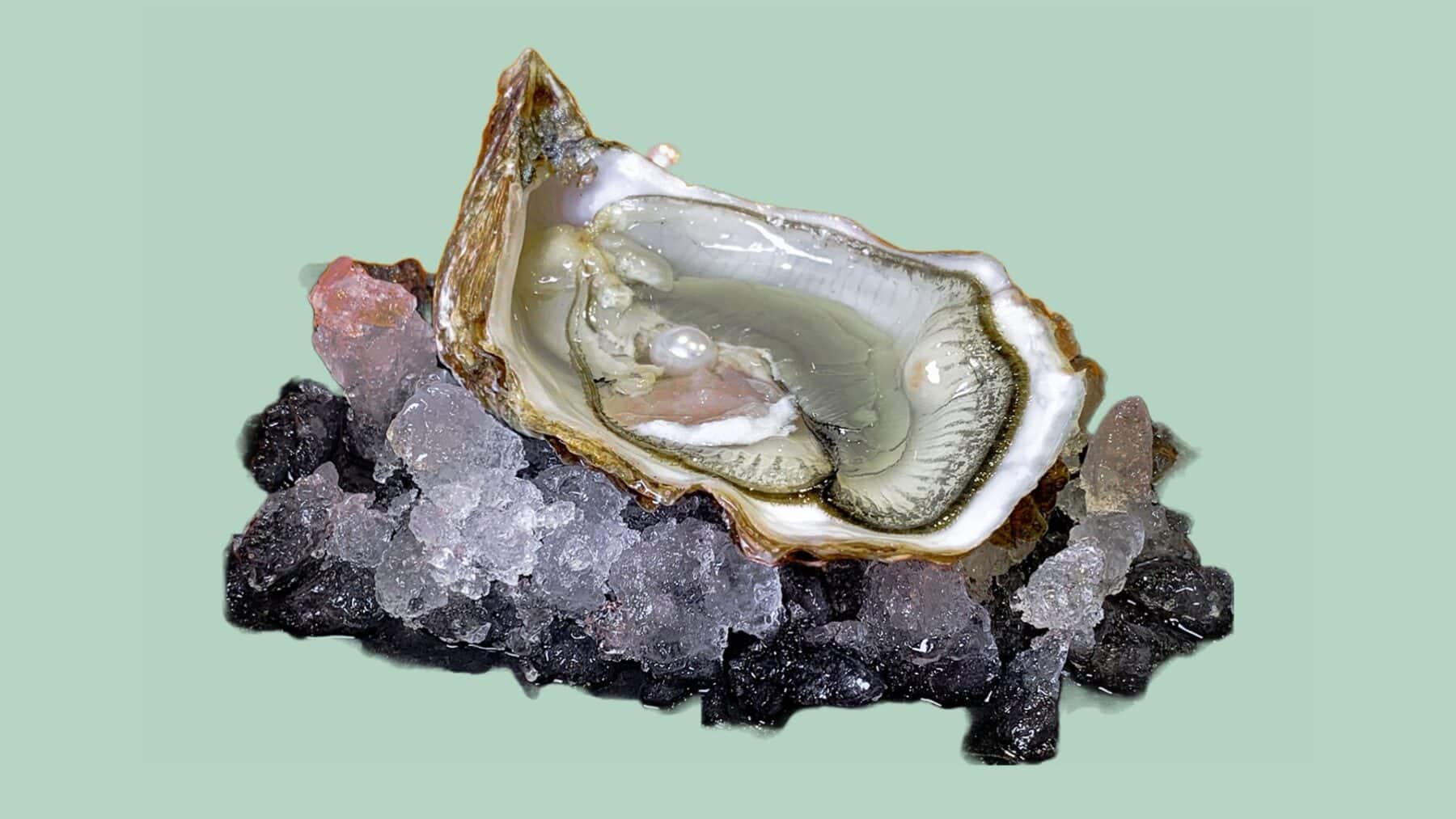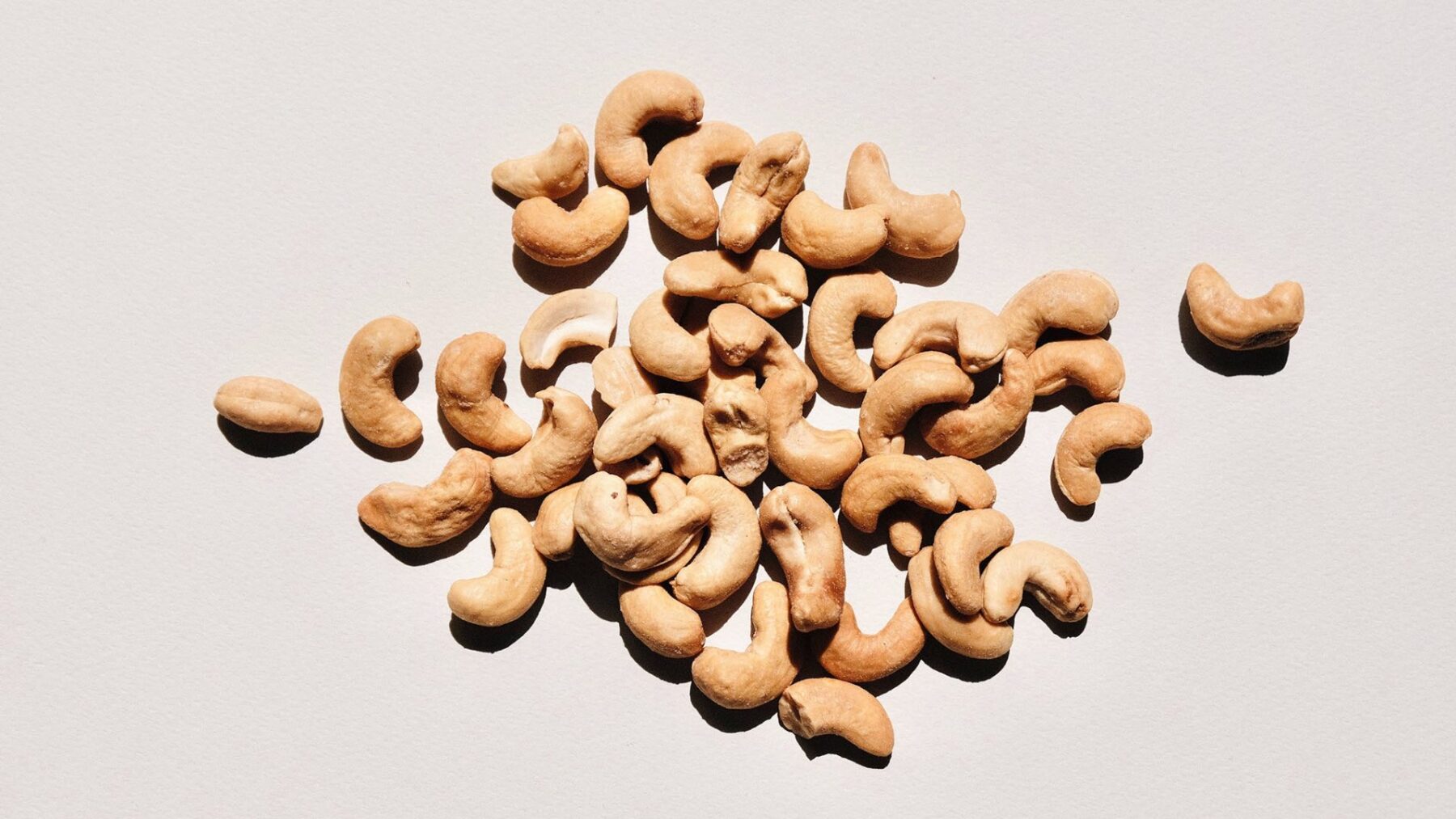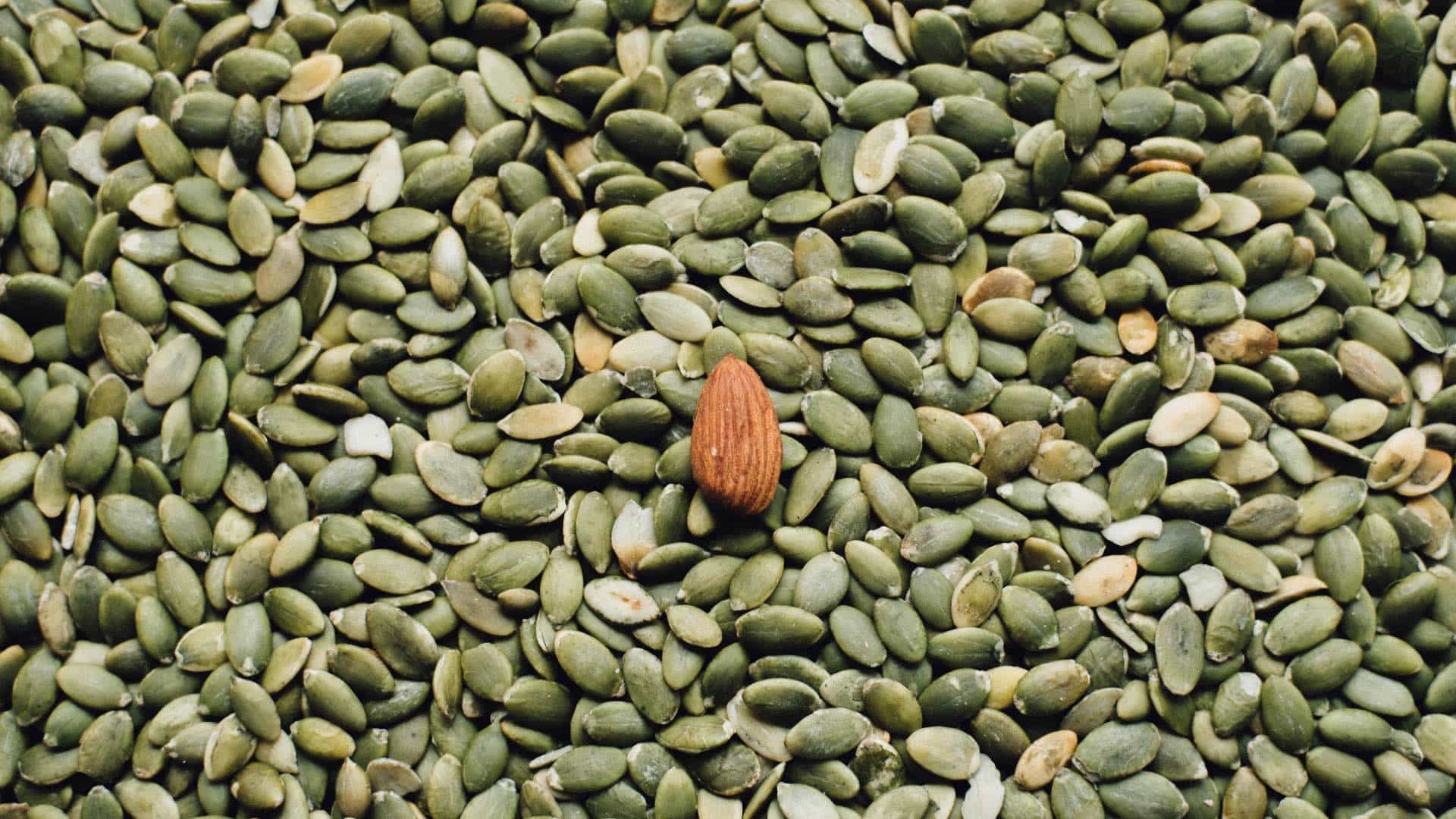If you’re glossing over a nutrition fact label, it’s easy to mix up manganese and magnesium. Although there are only tiny differences between the names of these two micronutrients, there are some big differences in their composition, what they do for your body, and how much you need every day.
The key difference between manganese and magnesium is that manganese is a micromineral (which you only need in small amounts) while magnesium is a macromineral (which you need larger amounts of).
In this article, we’ll compare and contrast the functions, benefits, and recommended intakes for both of these minerals so you can make the most of your health.
Manganese vs. Magnesium
Manganese and magnesium are two different minerals that have the chemical structure of metals. You need both of them every day to stay healthy. However, they have different compositions and perform different jobs in your body.
Manganese (Mn) is a trace element, also known as a micromineral. It’s a transition metal found in foods such as mussels, oysters, pecans, chickpeas, brown rice, and hazelnuts. The main functions of manganese are metabolism support, bone formation, immune support, and blood clotting. Adults only need about 2.3 milligrams of manganese per day.
Magnesium (Mg), on the other hand, is a macromineral. Adults need about 100 times more magnesium than manganese per day (420 milligrams, to be specific). Magnesium is an alkaline earth metal found in pumpkin seeds, chia seeds, cashews, peanuts, almonds, and spinach. Magnesium is essential for energy production, blood pressure regulation, and muscle and nerve function.
In addition to their super-similar names, manganese and magnesium have some other traits in common. For starters, they’re both essential minerals, meaning your body can’t function without them. Another similarity is that they’re both found in nuts, legumes, whole grains, and leafy greens.
Now that you know the key differences between manganese and magnesium, let’s take a deeper dive into each one.
More About Manganese

Manganese is a trace mineral that helps your body carry out a wide variety of functions. Manganese is also an antioxidant that protects your cells from damage.
- Benefits: strengthens bones, metabolizes food, regulates blood pressure, protects brain cells, may lower risk of diabetes
- Recommended daily value: 2.3mg per day for men, 1.8mg per day for women
- Food sources: shellfish, nuts, legumes, whole grains, leafy vegetables
- Deficiency symptoms: weak bones, skin rash, hair depigmentation, decreased serum cholesterol
More About Magnesium

Magnesium lives up to its categorization as an “essential mineral,” as it’s involved in more than 300 enzyme systems throughout the body. Magnesium is one of the most abundant elements on earth. The average human body contains 10-20 mg of manganese, of which 25-40% is stored in bones. However, some people struggle to get enough magnesium from their diet.
- Benefits: produces energy, may prevent headaches, may support mental health, may improve cardiovascular health
- Recommended daily value: 420mg per day for men, 320mg per day for women
- Food sources: nuts, seeds, legumes, whole grains, leafy vegetables
- Deficiency symptoms: nausea, headache, decreased appetite, fatigue
Manganese vs. Magnesium Deficiency
A magnesium deficiency is much more common than a manganese deficiency. This is because the human body requires a large amount of magnesium every day, and it can be difficult for some people to get their daily allowance. In fact, nearly half of Americans consume less than the recommended daily intake.
A magnesium deficiency (also known as hypomagnesemia) can happen if you don’t eat enough magnesium-rich foods for an extended period of time. It can also affect people with diabetes, gastrointestinal diseases, and hyperthyroidism.
A manganese deficiency is far less common since the body only requires trace amounts of the mineral. Most people get plenty of manganese through their diet. However, certain congenital disorders can deplete manganese levels.
Learn More About Micro and Macrominerals
Your body requires 102 different vitamins and minerals to keep operations running smoothly. Running low on any of them can get in the way of your mental and physical health, but sometimes it’s hard to know what you’re lacking.
That’s why we built our Micronutrient Deficiency Finder: just type in your symptom and you’ll see which nutrients you could be deficient in. Alternatively, you can choose any vitamin or mineral and see what the deficiency symptoms are.
Micronutrients are “micro” for a reason—you can’t even see them with a microscope. But they have a big impact on your health, so it’s essential to make sure all your bases are covered.
